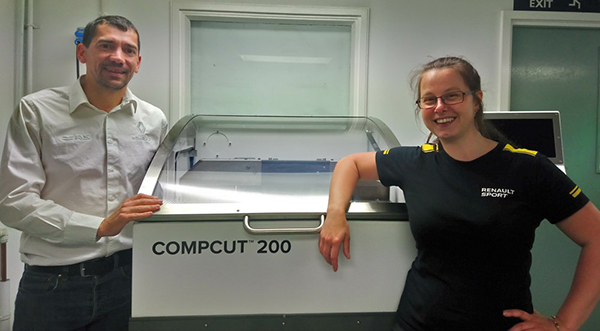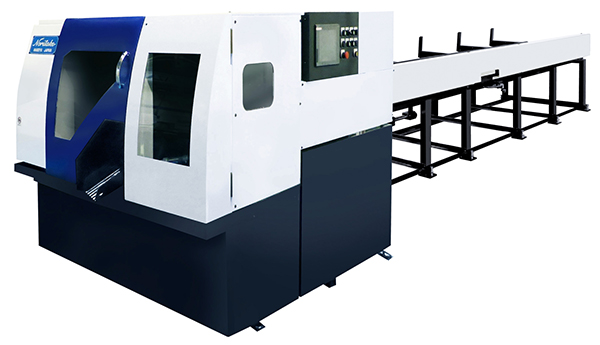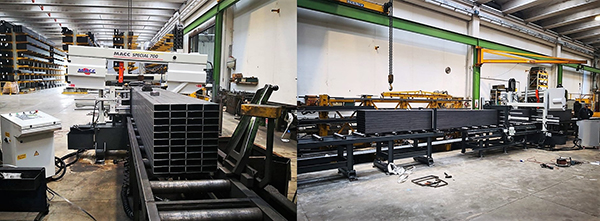Sharp and Tappin says it is proud to add Renault Sport Racing to its expanding list of Formula One and blue-chip engineering clients. Earlier in the year, Sharp and Tappin installed and commissioned one of its Compcut 200 composite plate saws at Renault’s test facility in Enstone, Oxfordshire.
Recent feedback received from the team at Renault reinforces Sharp and Tappin’s belief that its Compcut 200 is the leading technology for the preparation of composite samples in test lab environments.
Maria Brooks, Renault Sport Racing’s senior materials laboratory technician, says:“Sharp & Tappin installed and commissioned the Compcut 200 in January and we are delighted with the plate saw.Renault Sport Racing is a competitive Formula One team, so all testing work, including preparation, needs to be of the highest quality and standard, which is what we get with the Compcut 200.
“The productivity of the materials testing laboratory has increased significantly since January as the Compcut 200 allows us to setup and run multiple panels and specimen cuts automatically,” she continues.“Full automation of the machine positions the material after each cut, removing the need to stop/start the saw to remove a cut specimen and realign and clamp.
“The Compcut 200 gives us high-quality test specimens with an excellent edge finish within the tight tolerances expected cut after cut. The level of service provided over the course of the 6 months from Sharp and Tappin has been excellent. In addition, the Compcut 200 has a compact footprint and is extremely simple to clean and maintain.”
Ben Sharp, Sharp and Tappin’stechnical director, adds: “We are extremely proud that our latest machines are now proving themselves at the highest levels of engineering. We had been in discussions with Renault Sport Racing since the Advanced Engineering show in 2017, where they viewed one of our pre-production Compcut 200s. Their initial comments and feedback helped us to hone the final production model, and our flexibility, commitment to product performance, and support, gave them the confidence to purchase the machine.
For further information www.sharpandtappin.com



















